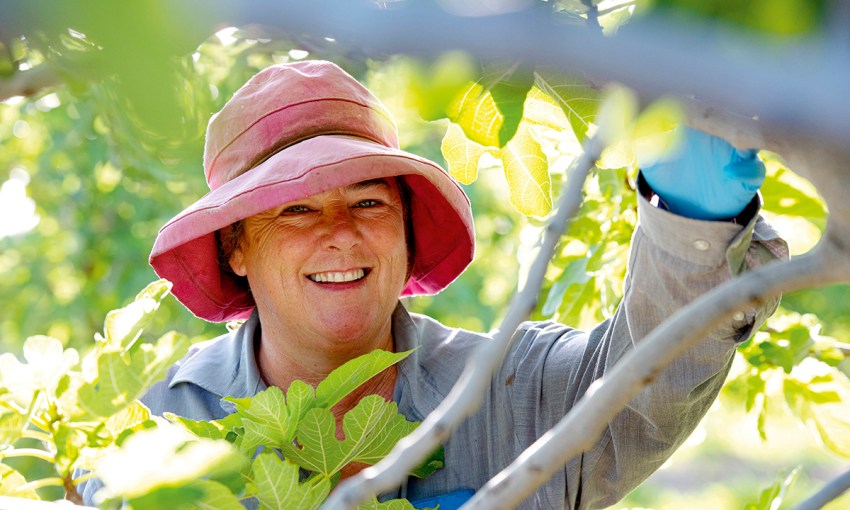Running her family fig business is a labour of love for former viticulturist Kate Strachan.
SA grown: get your fig fix
After more than 30 years living away from her family property in Renmark, Kate Strachan suddenly found herself back on the block and running the family business, Strachan Produce.
That was never the plan, says the 51-year-old, who studied agriculture after finishing school and had been making a living as a viticulturist for many years.
Kate had also tried her hand at teaching for a short while but admits she was at a loose end when her brother Fred decided to sell the family’s stone fruit business in 2013.
“I worked in the wine industry for 20 years and then had a midlife crisis,” she laughs. “I’d done some teaching but chucked that in around the time my brother Fred put this property on the market. He had bought it from my parents but wanted to move elsewhere, so we hatched a plan at the end of 2013 that we would become financial partners and I would run the property.
“I’d been running vineyards for years, so the actual running of the property didn’t faze me. I knew I’d always work on the land, but buying this property had never really occurred to me.”
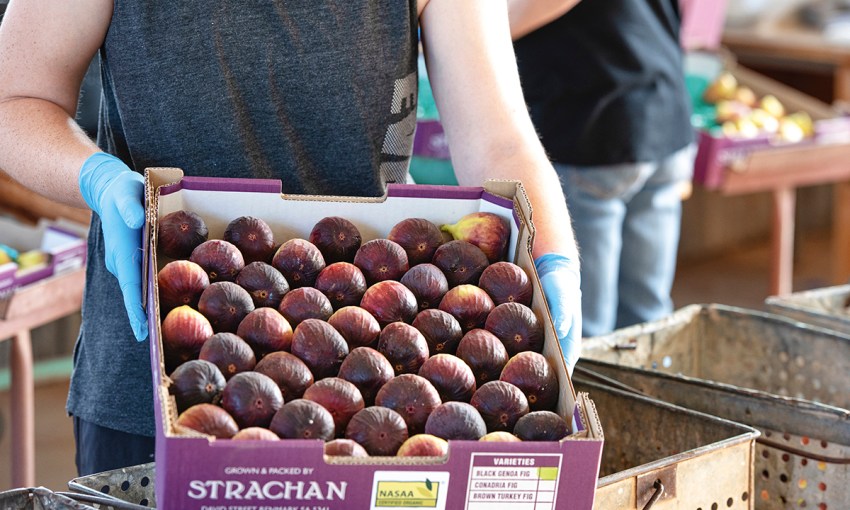
Her parents, Bob and Judy, originally grew apricots and nectarines on the property. Later, in the ’80s, Bob experimented with wine grapes but, “they never sold a berry of the shiraz, so that was a hiding to nothing”, Kate says.
Today, the 910-hectare property produces winegrapes, quinces and pomegranates, but it is their fig trees that require the most labour and deliver the best returns. Kate estimates her family first planted 30 fig trees about 25 years ago. Today, that number has grown to 700 trees.
Unlike most fig growers, Kate says their business can deliver two crops a season, instead of one, making the operation more viable. The first crop starts in early December and lasts for three weeks, the second starts in mid-January and goes for six to eight weeks.
Being a “short family” also comes in handy, jokes Kate, as the key to growing good figs is all in the pruning and keeping the trees open and accessible for the pickers.
“If you prune them properly and get a good balance between fruiting wood and non-fruiting wood, you can get two crops a year,” she says. “The first crop is where we can make a lot of money because Riverland fruit hits the market before anyone else does, but the second crop figs are more plentiful, smaller, sweeter and juicier, and these are more suited to jams and preserves.”
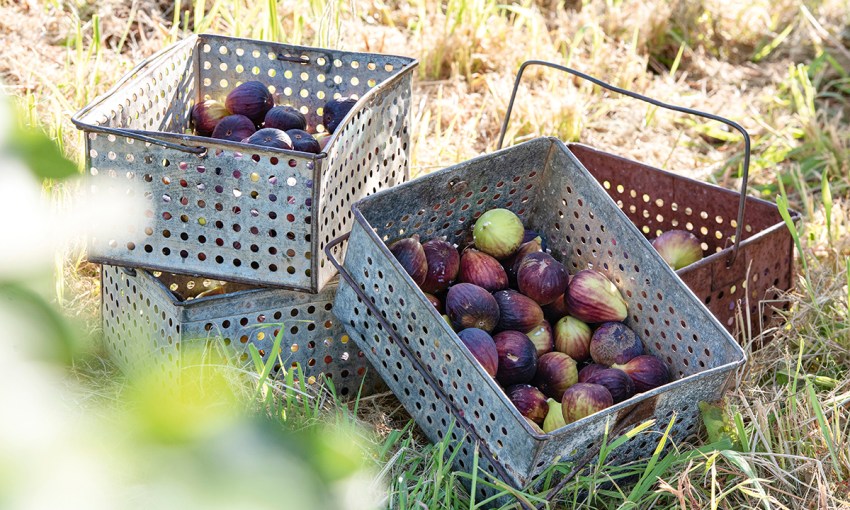
In the fruiting season, the business employs eight to 10 pickers a day, plus two packers and up to eight cutters.
The company produces up to 24 tonnes of figs a season, with three to four tonnes going to the fresh fruit market and the remainder, including overripe or imperfect fruit, processed and frozen for jam, preserves and ice-cream. This means no fruit is wasted.
“I do a lot of the pruning myself and my 80-year-old dad still works out here with me and does a lot of it,” Kate says. “During summer we pick every day and we pick almost every tree every day, so I don’t really get any time off from December 1 through until March.
“To achieve the juiciest figs you do need to water them frequently, but they are an incredibly hardy tree, so they will stay alive through a lot. We don’t spray them at all because we are certified organic.”
Kate says texture is almost as important as taste when it comes to figs, which should have a slightly grainy texture. The main variety grown on their property is Black Genoa, which should have a dark purple colour, teardrop shape and be “moist and fleshy” inside. Kate says they are also trialling White Adriatic figs at the moment.
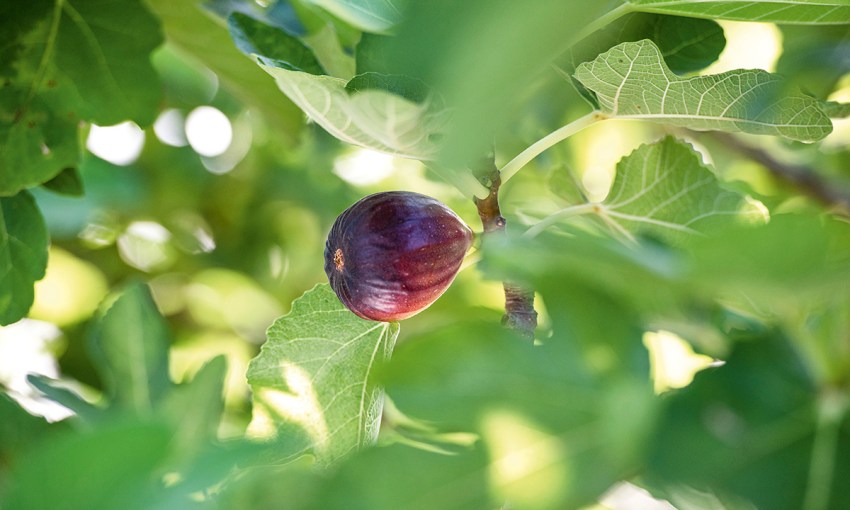
The humble fig evokes sensual, womanly adjectives for most people, says Kate.
“Obviously shape and appearance are a big part of what figs are and people use words such as ‘voluptuous’ and ‘succulent’,” she says. “That’s probably because a fig is actually an ovary, not a flower or fruit.”
The ancient fruit of fig has actually undergone a gradual resurgence over the past decade, says Kate, another factor that has helped grow the business.
“They have definitely become more trendy in the last 10 years,” she says. “It’s the MasterChef and Maggie Beer effect and it’s absolutely worked for us. What was almost a niche product is becoming a bit more mainstream.
“These days, people wrap them in prosciutto as an appetiser, or dry them and have them with cheese, or fresh with cheese, or another popular one is a fig tart, or even a fig chutney used over meat is also great.
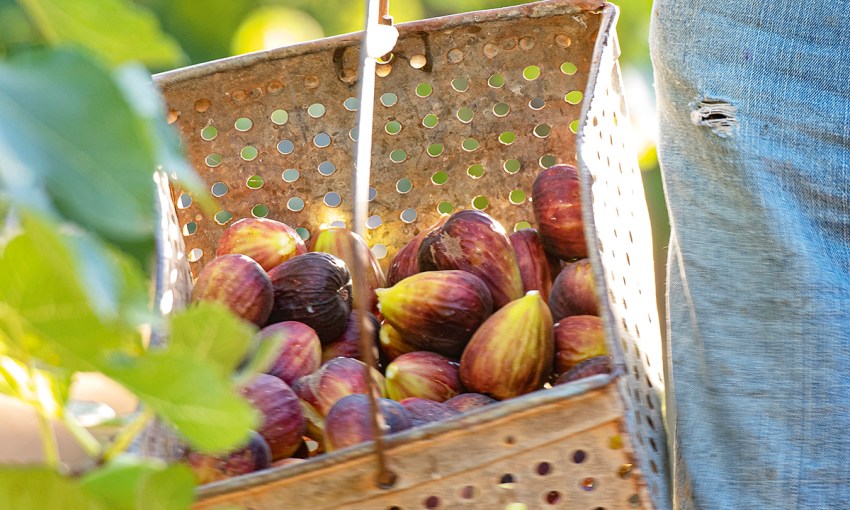
“But I think most commonly they are seen on cheese platters. If you throw a few fresh figs on a cheese platter people get very excited, it’s crazy. I think because they look slightly exotic.”
Kate says she prefers figs in savoury dishes such as salads or served with blue cheese, rather than anything too sweet.
“Some people have them with honey and that is just a sugar overload to me,” she says. Her brother Phil, however, has discovered another, more unique benefit of the fig; as a hangover cure!
“When he turns up to picking at 7am after a big night, he swears by them and just eats them off the tree,” she says. “Apparently, the sugars really help his electrolyte balance.”
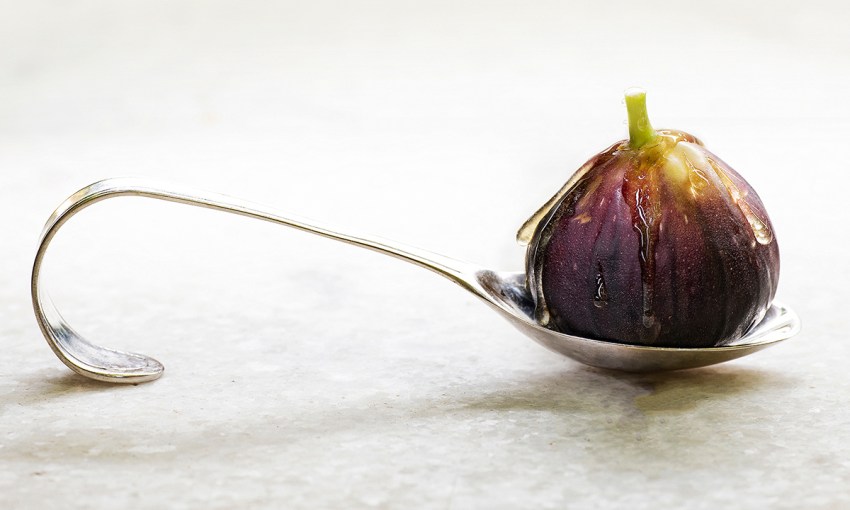
For a delicious way to cook Riverland figs, try this caramelised balsamic figs with scorched honey ice cream recipe.
This story first appeared in the Dec 2019 / Jan 2020 issue of SALIFE magazine.



